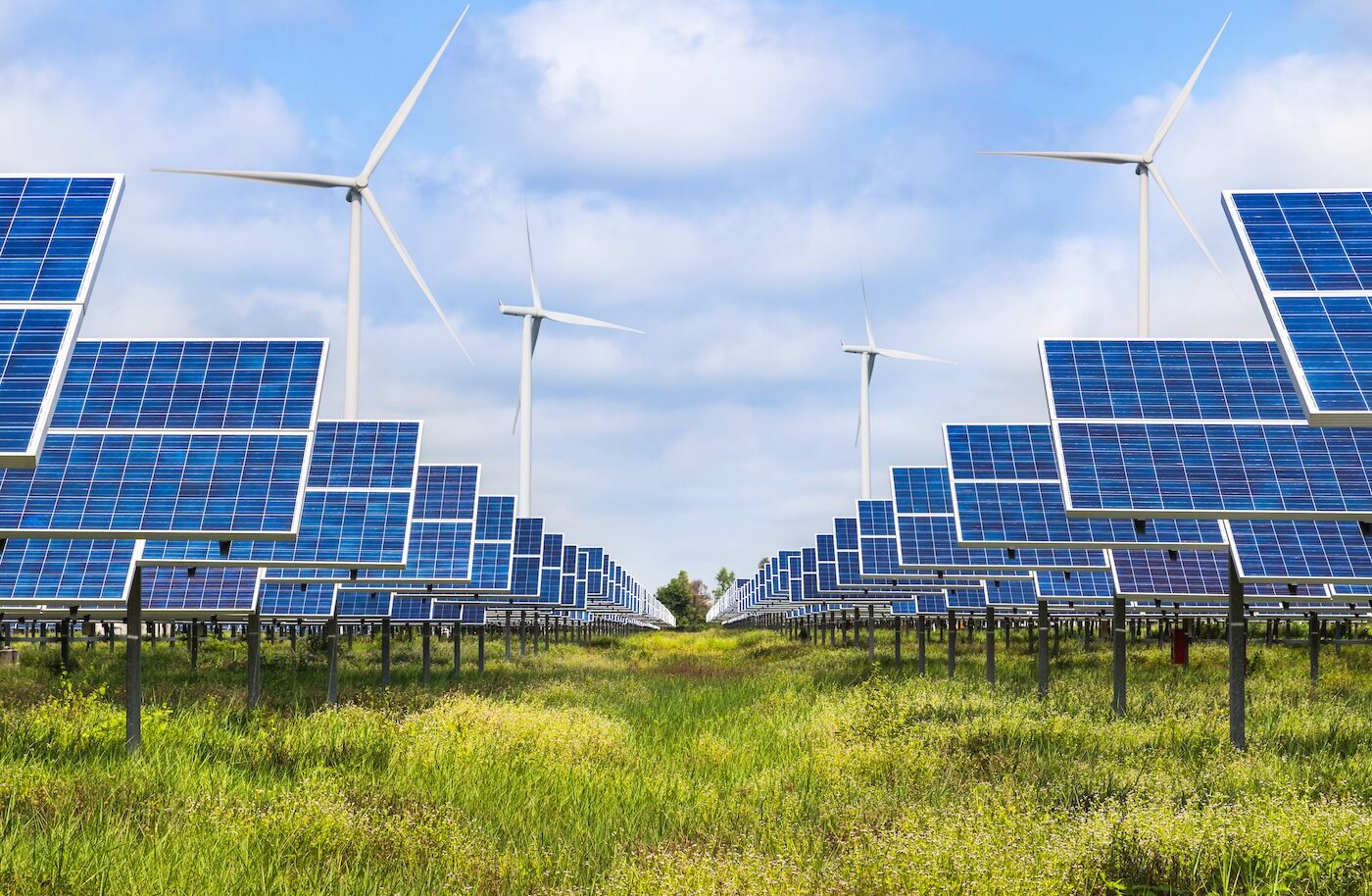Renewable energy patent filings are an important way for businesses and governments to protect their investment made into developing new technologies and innovations, particularly in solar, wind and other green energy sources.
Clean energy patent filings have increased significantly in recent decades as more countries embrace renewables and in an effort to meet climate change targets. Innovators are constantly developing more efficient ways to deploy, store and use the variable power output generated by environmental sources.
Large-scale power storage has emerged as a particular area of interest, making the solar wind battery IP landscape one of the most active niches in the renewable energy patents segment.
In this guide, we take a detailed look at some of the most recent developments in renewable energy patents, not only in the UK and Europe, but across all continents in this competitive global market.
Growth of patent filings across renewable energy sector
It is probably not surprising that renewable energy patent numbers are up substantially in recent years, but the rate of growth is impressive regardless.
The European Patent Office (EPO) Patent Index 2024 report states that in the preceding decade, patent filings for electrical machinery, apparatus and energy grew by nearly two thirds (65%).
That makes the segment the fastest-growing of the EPO’s 35 technology-related fields since 2015. Clean energy patent filings are driving this growth, including innovations in smart grid technologies and battery storage.
Legislative changes have also contributed to the increase in filings. In 2021, the European Climate Law came into force; the following year saw the sharpest increase on record, with 15.6% more patents filed in 2022.
Future years are likely to see sustained activity. Under the European Climate Law, all new EU policies must contribute towards achieving climate neutrality in the EU by the mid-21st century.
Renewables like wind and solar have a major contribution to make towards achieving this goal, supported by new innovations in efficiency, energy storage and distribution.
Patents in Solar energy
The solar wind battery IP landscape is broad and complex. Short-term storage of solar energy is crucial to compensate for the variability of supply and demand, and clean energy patent filings include inventions to store energy more efficiently for longer.
Related technologies like fuel cells also offer efficient long-term energy generation and storage using hydrogen, which can be generated using solar, wind or hydropower, improving the sustainability of fuel cells.
According to WIPO’s World Intellectual Property Indicators 2024: Highlights report, 54.4% of all energy-related patent applications published in 2020-22 pertained to solar energy.
This eclipses other renewable energy patent applications during the same period:
- Solar: 54.4%
- Wind: 19.4%
- Fuel Cells: 13.2%
- Hydropower: 11.4%
- Geothermal: 1.5%
In all, there were 44,700 published patent applications for energy technologies in 2022, up from 29,400 in 2007. Three of the years during that time saw double-digit growth: 17.7% in 2009, 12.6% in 2010, and 15.1% in 2021.
WIPO said: “Patent applications related to solar and wind energy exhibited an upward trend between 2007 and 2022. For example, filings for solar and wind energy in 2022 were 2.1 times and 3.2 times higher respectively.”
Innovations across battery and storage
Figures from the EPO’s Patent Index 2024 show even faster growth in filings related directly to battery technologies. After a “breakthrough year” in 2022, these have continued to surge in number, with battery technology patent filings increasing by:
- 42.2% in 2021-22
- 20.3% in 2022-23
- 24.0% in 2023-24
The top 15 companies worldwide by number of patent applications included three European businesses, but no US-headquartered corporations. All of the top ten applicants in 2024 were Asian, contributing 55% of the world’s patent applications for battery technologies.
Of the world’s five biggest patent offices, the Republic of Korea saw the most filings, accounting for nearly 30% of the total. China followed in second place with Europe close behind, on 18.4% and 17.3% respectively – the first year China has edged ahead of Europe.
Which countries are leading the renewable energy charge?
The global ‘solar wind battery’ IP landscape is complicated, often businesses file patents in multiple jurisdictions for the same innovation.
WIPO reported that in 2021, there were 2.14 million unique ‘patent families’ filed worldwide across all sectors. More than two thirds of these originated from China, followed by 8.6% from Japan, 7.3% from the US and 7.2% from the Republic of Korea.
In terms of energy sector innovation, the EPO reports that “Asian applicants now dominate, particularly in battery technologies, where inventions accounted for more than two fifths of all patent applications in the field in 2024”.
Within Europe, several countries have emerged as ‘growth champions’ in battery storage innovation, with a 21.3% increase in filings in Switzerland and a 14.9% rise in the UK, against a Europe-wide increase of 8.9%.
This sets battery technologies as the fastest growth segment in the EPO’s top ten technology fields, supported by pioneering research carried out by UK and European universities.
Emerging technology and what’s coming next
As we look to the future, processing an ever-growing number of renewable energy patent filings presents a challenge in its own right.
WIPO reported that in 2023, the US patent office had the biggest backlog of applications pending, at about 1.2 million across all sectors. Japan followed in second place with 794,036, while the EPO was in third with 670,386.
Germany’s backlog stood at 370,311, slightly ahead of the Republic of Korea’s 366,478. WIPO was unable to obtain data for China’s number of pending patent applications in 2023, but collated figures from 110 patent offices worldwide.
“Patent offices must assess whether the claims presented in an application meet the standards of novelty, non-obviousness and industrial applicability defined in national law,” WIPO stated. “Processing patents therefore consumes time and resources.”
With many International patent applications resulting in the submission of the ‘patent family’ to multiple national and regional offices, in order to obtain protection in different jurisdictions, this tends to increase the figures for the total number of pending applications.
In 2023, this total increased by 3.7% to 4.6 million worldwide. The fastest growth was in the UK, with pending applications across all sectors up by 9.2% in 2022-23.
As British and European businesses continue to innovate in high-growth fields like clean energy and battery storage, the protection offered by international patents in energy technology will continue to be a crucial way to safeguard financial investments and capitalise on new developments.

